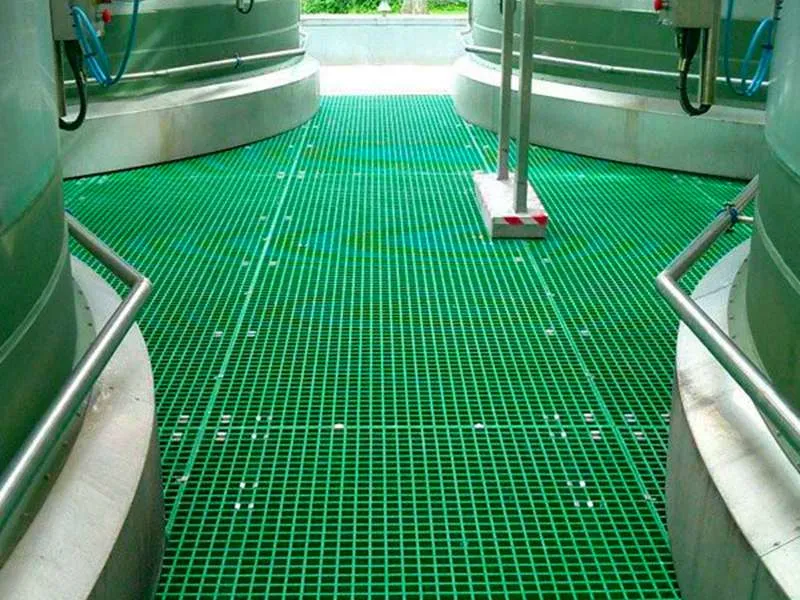
-
 Afrikaans
Afrikaans -
 Albanian
Albanian -
 Amharic
Amharic -
 Arabic
Arabic -
 Armenian
Armenian -
 Azerbaijani
Azerbaijani -
 Basque
Basque -
 Belarusian
Belarusian -
 Bengali
Bengali -
 Bosnian
Bosnian -
 Bulgarian
Bulgarian -
 Catalan
Catalan -
 Cebuano
Cebuano -
 China
China -
 China (Taiwan)
China (Taiwan) -
 Corsican
Corsican -
 Croatian
Croatian -
 Czech
Czech -
 Danish
Danish -
 Dutch
Dutch -
 English
English -
 Esperanto
Esperanto -
 Estonian
Estonian -
 Finnish
Finnish -
 French
French -
 Frisian
Frisian -
 Galician
Galician -
 Georgian
Georgian -
 German
German -
 Greek
Greek -
 Gujarati
Gujarati -
 Haitian Creole
Haitian Creole -
 hausa
hausa -
 hawaiian
hawaiian -
 Hebrew
Hebrew -
 Hindi
Hindi -
 Miao
Miao -
 Hungarian
Hungarian -
 Icelandic
Icelandic -
 igbo
igbo -
 Indonesian
Indonesian -
 irish
irish -
 Italian
Italian -
 Japanese
Japanese -
 Javanese
Javanese -
 Kannada
Kannada -
 kazakh
kazakh -
 Khmer
Khmer -
 Rwandese
Rwandese -
 Korean
Korean -
 Kurdish
Kurdish -
 Kyrgyz
Kyrgyz -
 Lao
Lao -
 Latin
Latin -
 Latvian
Latvian -
 Lithuanian
Lithuanian -
 Luxembourgish
Luxembourgish -
 Macedonian
Macedonian -
 Malgashi
Malgashi -
 Malay
Malay -
 Malayalam
Malayalam -
 Maltese
Maltese -
 Maori
Maori -
 Marathi
Marathi -
 Mongolian
Mongolian -
 Myanmar
Myanmar -
 Nepali
Nepali -
 Norwegian
Norwegian -
 Norwegian
Norwegian -
 Occitan
Occitan -
 Pashto
Pashto -
 Persian
Persian -
 Polish
Polish -
 Portuguese
Portuguese -
 Punjabi
Punjabi -
 Romanian
Romanian -
 Russian
Russian -
 Samoan
Samoan -
 Scottish Gaelic
Scottish Gaelic -
 Serbian
Serbian -
 Sesotho
Sesotho -
 Shona
Shona -
 Sindhi
Sindhi -
 Sinhala
Sinhala -
 Slovak
Slovak -
 Slovenian
Slovenian -
 Somali
Somali -
 Spanish
Spanish -
 Sundanese
Sundanese -
 Swahili
Swahili -
 Swedish
Swedish -
 Tagalog
Tagalog -
 Tajik
Tajik -
 Tamil
Tamil -
 Tatar
Tatar -
 Telugu
Telugu -
 Thai
Thai -
 Turkish
Turkish -
 Turkmen
Turkmen -
 Ukrainian
Ukrainian -
 Urdu
Urdu -
 Uighur
Uighur -
 Uzbek
Uzbek -
 Vietnamese
Vietnamese -
 Welsh
Welsh -
 Bantu
Bantu -
 Yiddish
Yiddish -
 Yoruba
Yoruba -
 Zulu
Zulu
Durable Fiberglass Stack Liners for Enhanced Industrial Efficiency and Longevity
The Importance of Fiberglass Stack Liners in Industrial Applications
In various industrial processes, stack emissions management is crucial for both environmental compliance and operational efficiency. Among the innovative solutions available, fiberglass stack liners have emerged as a popular choice due to their beneficial properties and adaptability to different operational environments.
Fiberglass, a composite material made from fine glass fibers and resin, is recognized for its lightweight, high strength, and corrosion resistance. These qualities make fiberglass stack liners an ideal fit for several industries, including power generation, petrochemicals, and waste management. The application of fiberglass liners helps protect stacks from the harsh conditions often encountered, such as extreme temperatures, corrosive flue gases, and moisture.
One of the primary advantages of fiberglass stack liners is their ability to resist corrosion. Traditional materials like metal are often susceptible to rust and degradation when exposed to harsh chemicals and high temperatures. Over time, this can lead to structural failures, increased maintenance costs, and unplanned downtimes. Fiberglass’s inherent resistance to chemical attack ensures that these stack liners maintain their integrity, thereby extending the life of the exhaust system and reducing overall operational costs.
Additionally, fiberglass stack liners provide excellent thermal insulation. This insulation capability not only reduces heat loss but also minimizes the risk of heat-related damage to the stack structure. By maintaining optimal temperatures, fiberglass liners contribute to improved energy efficiency and lower emissions, aligning with increasingly stringent environmental regulations.
fiberglass stack liner

Installation of fiberglass stack liners is a straightforward process, often requiring less time and labor compared to traditional lining materials. Their lightweight nature allows for easier handling and positioning, which can significantly reduce the installation timeline and labor costs. Moreover, the flexibility of fiberglass allows it to be molded to fit various stack configurations, making it suitable for both new installations and retrofits.
The durability of fiberglass stack liners cannot be overstated. They are designed to withstand the rigors of industrial environments, including vibrations, thermal expansion, and contraction. This durability translates to less frequent replacements and repairs, resulting in lower lifecycle costs for facility operators.
Furthermore, fiberglass stack liners contribute positively to the overall efficiency of emissions control systems. By ensuring that flue gases flow smoothly and without obstruction, these liners can enhance the performance of scrubbers and other pollution control devices, thus maximizing the effectiveness of emissions reduction initiatives.
In conclusion, fiberglass stack liners represent an advanced solution for managing stack emissions in various industrial settings. Their corrosion resistance, thermal insulation properties, ease of installation, and durability make them an attractive option for operators aiming to improve efficiency and maintain compliance with environmental regulations. As industries continue to evolve and face new challenges, fiberglass stack liners are poised to play a vital role in ensuring sustainable operations.









